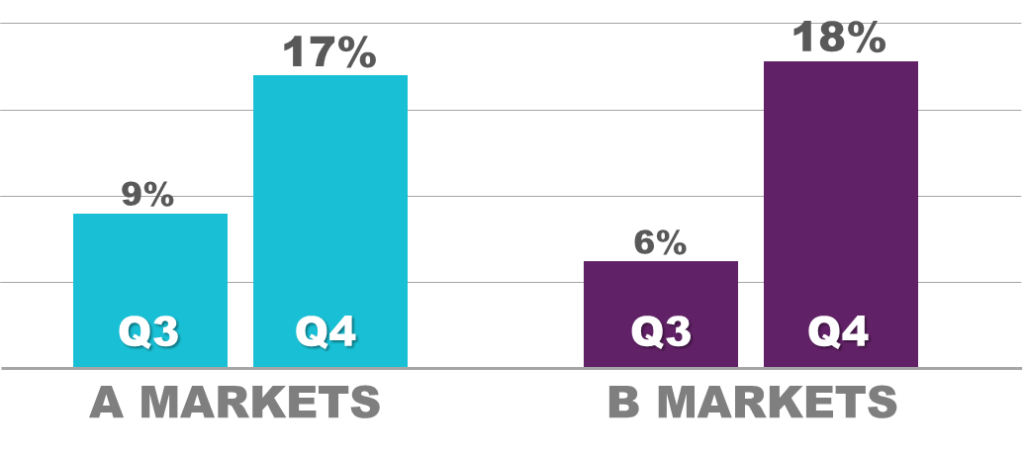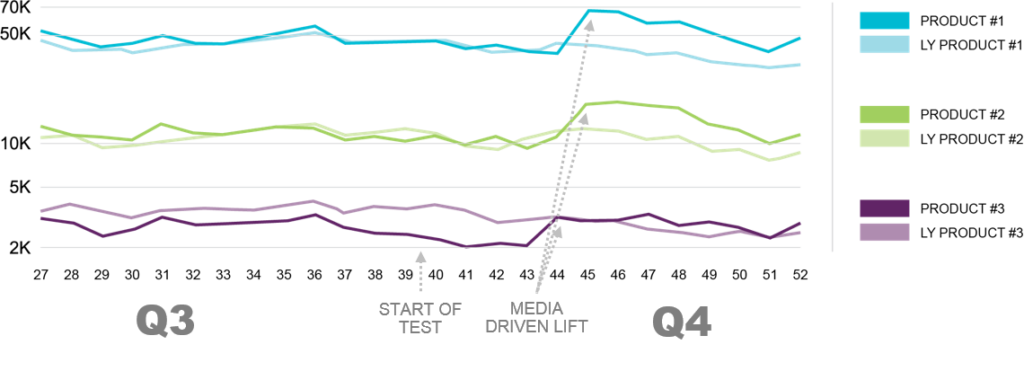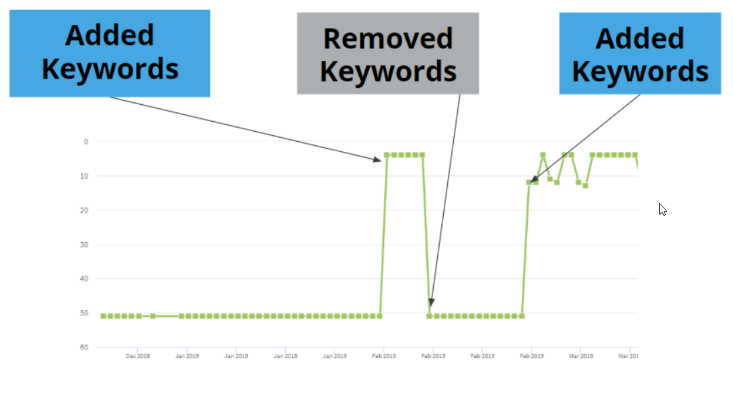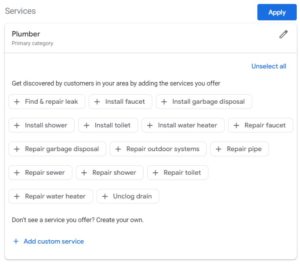In mid-October, Google held a livestream event, Search On, where they announced new AI-powered features aimed at improving user experience. These new features make search more sophisticated in an effort to help users better navigate the physical world around them. One of the biggest announcements from Search On was that Google is now using their natural language understanding algorithm, BERT, on almost every search query in English. This will help the algorithm better understand user intent and therefore serve more relevant search results.
In addition to BERT, there were three other features that stuck out to local search professionals: ‘Busyness,’ AR in Google Maps and Google Duplex.
‘Busyness’ Accuracy Update
With COVID-19 drastically affecting local businesses, Google has opted to discard pre-COVID popular time data when showing a business’ ‘Busyness’ on their Google listing. Google is now using “more recent data from the previous four to six weeks to quickly adapt to changing patterns for popular times.” Google is still using real-time mobile user data to populate “Live Busyness.”
AR Use Case for Google Maps with Live View
Last year, Google rolled out augmented reality walking directions on Google Maps. Named Live View, this feature overlays navigation on top of Google Street View data so users can navigate to their destination in a real-world view.

Source: Google
During Search On, Google spoke about a variety of use cases for AR technology with one of them relating to Google Maps. The idea is to use AR in Google Maps with Live View to show users a location’s Google My Business listing when the user points their camera at the physical location. This is an idea that Google has been working on for nearly a decade and one that requires highly accurate location data. With AR, Google hopes to make this idea come to life.
Google Duplex Updates Local Business Data
Google Duplex is a virtual assistant originally designed to help users make appointments or reservations at local businesses. Last year Google began using this feature to directly reach out to business owners to confirm local business information they have on file for their business. Google announced this at Search On and said that Duplex has been instrumental in “over 3 million updates to businesses like pharmacies, restaurants and grocery stores that have been seen over 20 billion times in Maps and Search.”
Between 50-60 percent of Google My Business profiles in the U.S. are owner verified. However, even listings that are claimed are sometimes not updated with accurate business information. Google Duplex is helping to close that gap by utilizing their technology to verify data with business owners.
Need help managing your brand’s local business information? Mindstream Media Group can help. We have the solutions national or franchise brands with hundreds or even thousands of points of distribution need to manage their local presence. Contact us today to learn how we can help your locations be found easily when consumers are seeking information to make buying decisions.



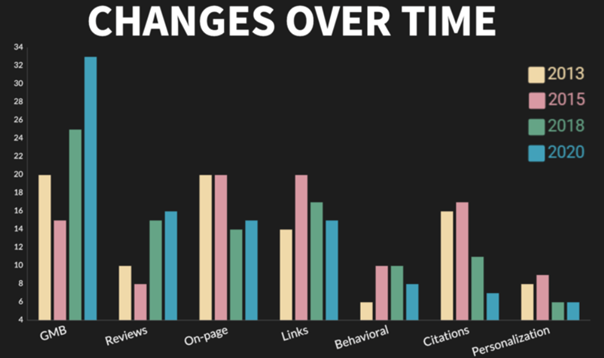
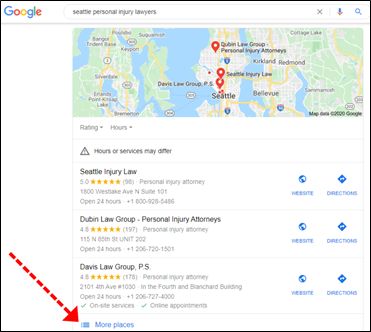
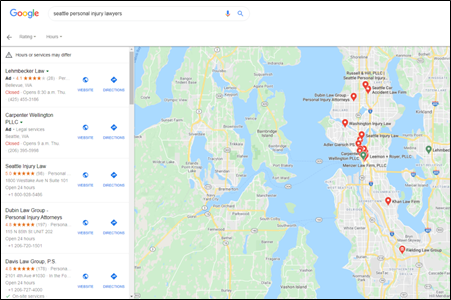
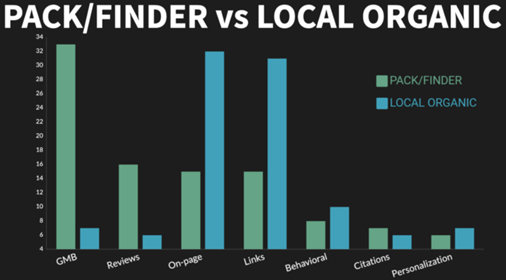
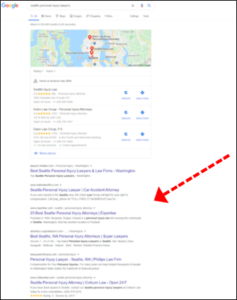
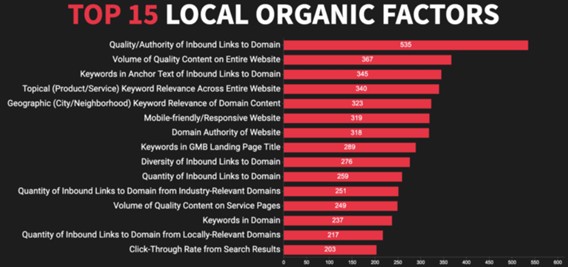
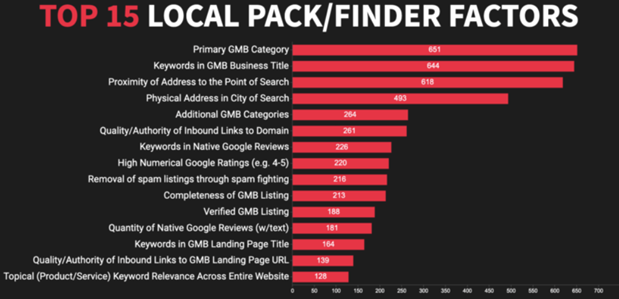
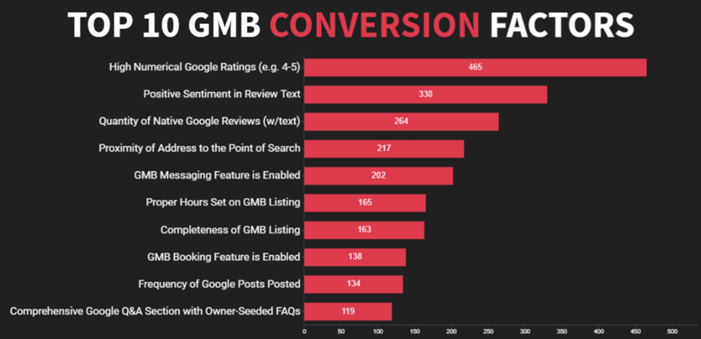
![[Video]: Utilizing Data to Gain Efficiencies and Uncover Opportunities](https://mindstreammediagroup.com/wp-content/uploads/2020/09/Utilizing-Data-scaled.jpg)


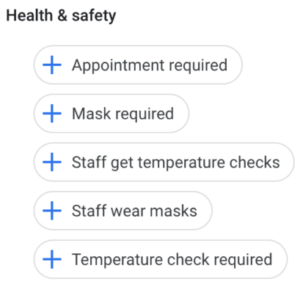
![[Case Study]: Redefining CPG Media Mix for Immediate Growth](https://mindstreammediagroup.com/wp-content/uploads/2020/08/GettyImages-1129667981-scaled.jpg)
